
“`html
The allure of historical strategy games continues to captivate gamers worldwide, with a renewed interest in titles that accurately depict the complexities and brutal realities of warfare. Among these, games simulating the First World War offer a particularly poignant experience, immersing players in a conflict defined by trench warfare, technological innovation, and unprecedented loss of life. One such game, “To The Trenches,” aims to recreate the intensity of these battles, promising a deep and engaging strategic experience. Let’s delve into what makes this game stand out.
Procedurally Generated Battlefields: Endless Strategic Possibilities
At the heart of “To The Trenches” lies its innovative use of procedurally generated battlefields. This feature is not merely a cosmetic addition; it fundamentally alters the way players approach each engagement, ensuring a dynamic and unpredictable experience that mirrors the chaotic nature of World War I combat. Instead of static, pre-designed maps, the game creates unique battlefields based on algorithms, offering an endless array of tactical scenarios.
- Infinite Battle Variety: Procedural generation provides unparalleled replayability. Each playthrough presents a new battlefield configuration, preventing rote memorization of map layouts and demanding adaptable strategies. Players must constantly reassess their positions and tactics based on the generated terrain.
- Fresh Strategic Challenges: The constantly changing landscape introduces fresh strategic challenges. Players must learn to exploit the unique features of each battlefield, from natural obstacles like craters and shell holes to strategically important elevated positions. This dynamism keeps players on their toes, requiring creative problem-solving and on-the-fly decision-making. You can learn more about this topic here on our site.
- Unpredictable War Landscape: The game’s terrain generation engine creates varied environments, reflecting the diverse landscapes of the Western Front. From muddy fields and shattered forests to fortified trenches and ruined villages, each battlefield presents a unique set of obstacles and opportunities. Adapting to these diverse terrains is crucial for survival and victory.
Retro Art Style: A Nostalgic Yet Functional Design
Beyond its gameplay mechanics, “To The Trenches” distinguishes itself through its distinctive retro art style. This design choice isn’t merely an aesthetic preference; it serves a functional purpose, enhancing clarity and immersion while evoking the historical context of the conflict. The game’s visual presentation complements its gameplay, offering a unique and compelling experience for players.
- Nostalgic Visual Appeal: The game’s retro-inspired graphics evoke a sense of nostalgia, harkening back to classic strategy games. This aesthetic choice adds to the game’s charm, creating a unique visual identity that sets it apart from more modern, graphically intensive titles. The deliberate use of pixel art and muted colors contributes to the game’s overall atmosphere.
- Clear Battlefield Elements: Despite its retro style, the game prioritizes clarity and readability. Essential battlefield elements, such as unit positions, terrain features, and lines of sight, are clearly displayed, allowing players to make informed strategic decisions. The simple yet effective visual design minimizes distractions and ensures that players can focus on the core gameplay.
- Immersive Historical Atmosphere: The game’s soundtrack and sound design are carefully crafted to create an immersive historical atmosphere. Authentic sound effects, from the crackle of gunfire to the rumble of artillery, enhance the sense of realism. The music, often melancholic and evocative, reinforces the somber mood of the First World War. To further enrich your experience, you might also find similar sound design elements featured in other historical strategy games; read the full guide on our site to discover some examples.
The combination of procedurally generated battlefields and a retro art style offers a unique blend of replayability, strategic depth, and historical immersion, making “To The Trenches” a compelling title for strategy enthusiasts.
Expert Insights on Procedural Generation in Games
Procedural generation is becoming increasingly common in modern game development, offering significant benefits in terms of content creation and replayability. Experts note that its successful implementation hinges on several factors. First, the algorithms must be sophisticated enough to generate meaningful and varied content. Second, the generated content must be carefully curated to ensure it aligns with the game’s overall design and narrative. Finally, the procedural generation system should be flexible enough to allow developers to fine-tune the output and prevent the creation of undesirable scenarios.
In the context of historical strategy games like “To The Trenches,” procedural generation can be particularly effective in recreating the unpredictable nature of warfare. By generating unique battlefields, the game can simulate the constant flux of the front lines and the challenges of adapting to ever-changing terrain. However, it is crucial that the generated battlefields remain believable and historically plausible. The game should avoid creating unrealistic or nonsensical scenarios that break the player’s immersion. To achieve this, developers often employ techniques such as constrained procedural generation, which limits the range of possible outcomes and ensures that the generated content adheres to certain rules and guidelines. Also consider exploring other World War 1 games that offer similarly immersive historical experiences. Find more information on our website.
Current Trends in Historical Strategy Games
The historical strategy genre is experiencing a renaissance, driven by advancements in technology and a growing demand for authentic and engaging historical experiences. One notable trend is the increasing focus on realism and historical accuracy. Developers are investing more resources in research and consulting with historians to ensure that their games accurately depict the events, units, and tactics of the past. This trend is evident in titles such as “Total War: Rome II” and “Crusader Kings III,” which feature detailed historical simulations and complex political systems.
Another trend is the incorporation of role-playing elements into strategy games. Games like “Mount & Blade II: Bannerlord” allow players to create their own characters, build relationships with other characters, and make choices that impact the game world. This adds a layer of depth and personalization to the strategic gameplay, making it more immersive and engaging. Finally, there is a growing emphasis on accessibility and user-friendliness. Developers are striving to make their games more approachable for new players by providing clear tutorials, intuitive interfaces, and customizable difficulty settings.
Conclusion: A Promising Blend of Nostalgia and Innovation
“To The Trenches” presents a compelling vision for a World War I strategy game, blending the charm of retro aesthetics with the dynamism of procedurally generated battlefields. The game’s ability to deliver fresh strategic challenges with each playthrough, combined with its immersive historical atmosphere, positions it as a potentially significant contribution to the genre. As procedural generation continues to evolve, its integration into historical strategy games promises to deliver increasingly realistic and engaging experiences. The game’s success will depend on striking the right balance between historical accuracy, strategic depth, and accessibility.
“`
Whats Mods
MOD Info- If you start the game from a registered profile, your amount will be high.
- Votes: 1
- Comments: 0

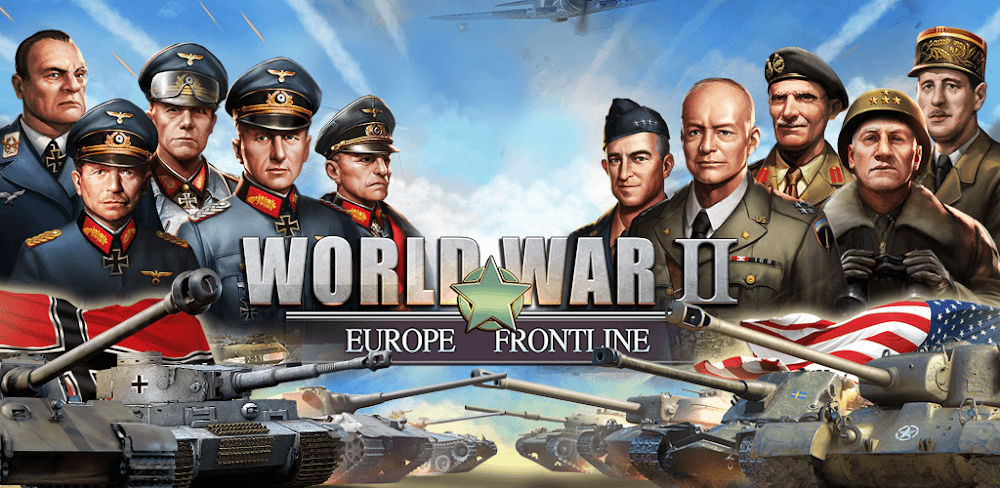
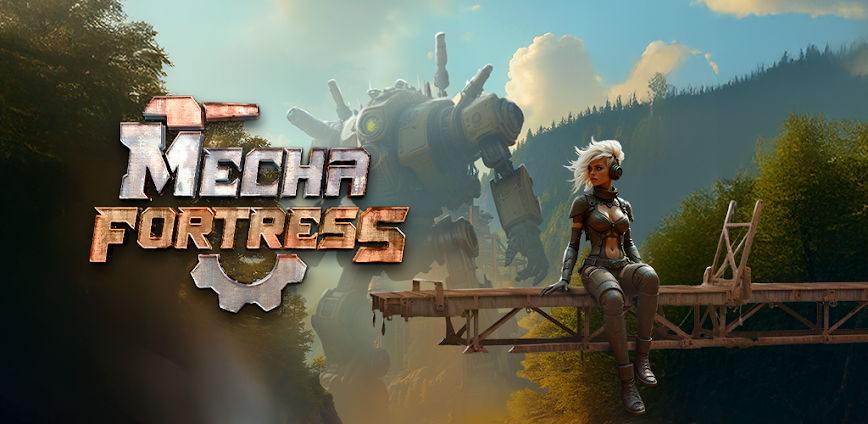
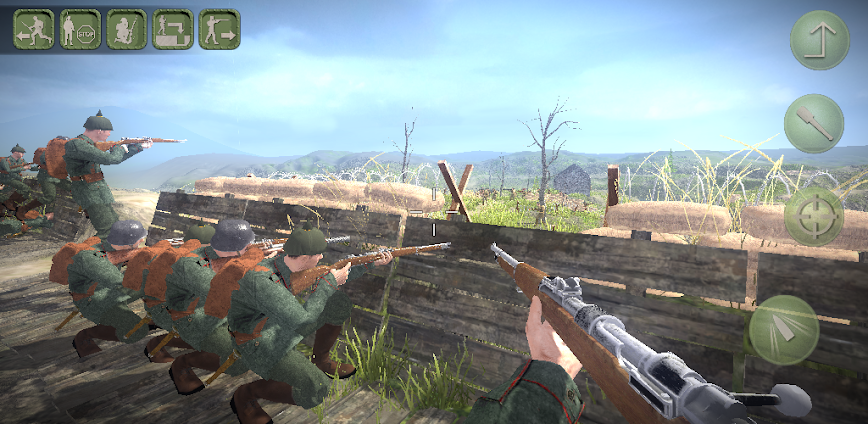
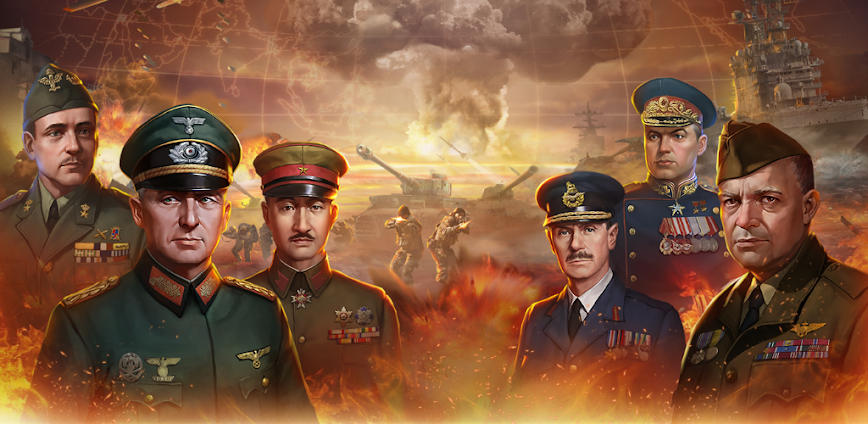
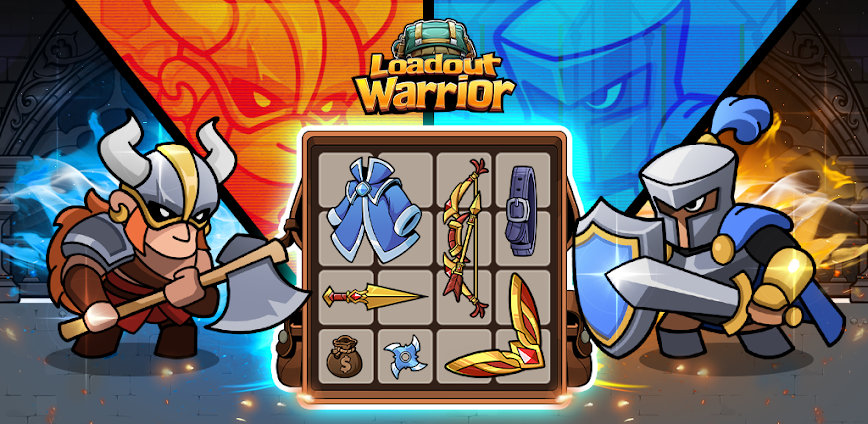

There are no comments yet :(